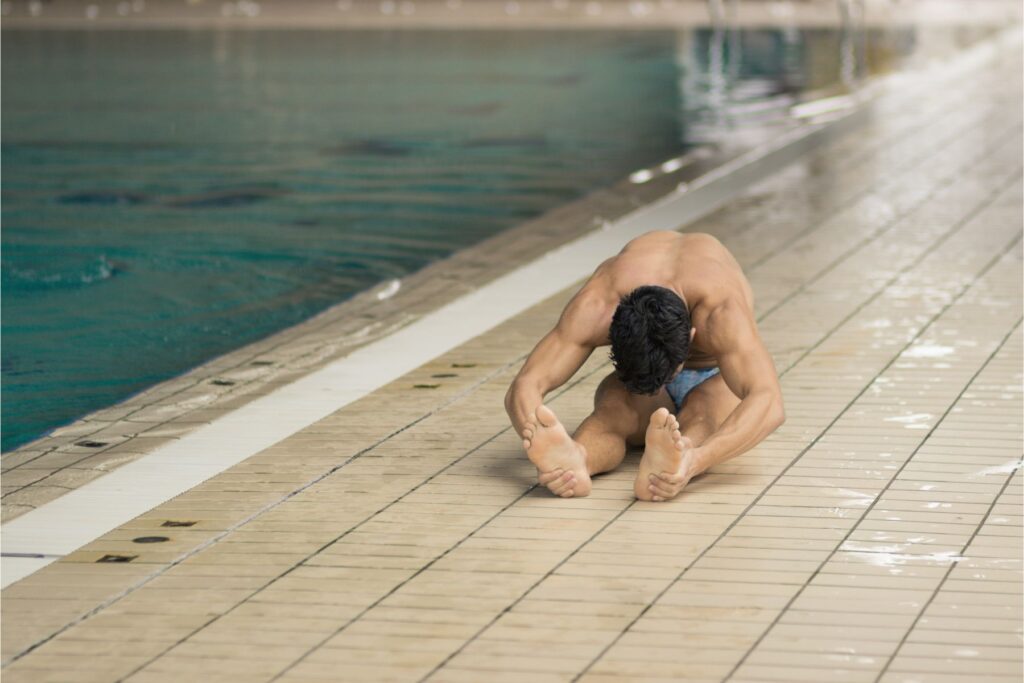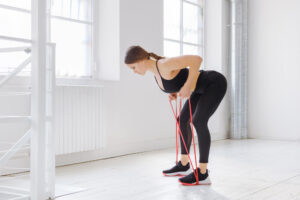Stretching is an essential part of any athlete’s routine, especially for swimmers who rely on flexibility, strength, and coordination to glide through the water. But when it comes to stretching, the question often arises: Should swimmers focus on dynamic or static stretching? In this article, we’ll dive deep into both methods and explore their benefits to help you decide which is best for your swimming routine.
The importance of stretching for swimmers
Stretching before and after a swim isn’t just a formality—it’s a necessity. Proper stretching can improve your range of motion, reduce the risk of injuries, and enhance your overall performance in the pool. But understanding how different types of stretching impact your muscles and joints is crucial to getting the most out of your swim workouts.
How stretching impacts swimming performance
When you swim, your body is in a constant state of motion, requiring both flexibility and strength. Stretching prepares your muscles for the demands of swimming, ensuring that they can move through the full range of motion required for each stroke. This, in turn, can lead to better technique, faster times, and fewer injuries.
What is dynamic stretching?
Dynamic stretching involves active movements that take your muscles and joints through their full range of motion. Unlike static stretching, which is performed while holding a position, dynamic stretching is all about movement. It’s often used as a warm-up to get the body ready for physical activity.
Benefits of dynamic stretching for swimmers
This type of stretching is particularly beneficial for swimmers because it helps increase blood flow, raise body temperature, and activate the muscles used in swimming. By engaging in dynamic stretches, swimmers can improve their flexibility, power, and coordination, leading to better performance in the pool.
Examples of dynamic stretches for swimmers
Some effective dynamic stretches for swimmers include arm swings, leg swings, torso twists, and walking lunges. These movements target the key muscle groups used in swimming and help prepare the body for the demands of the sport.
What is static stretching?
Static stretching involves holding a stretch for an extended period, usually between 15 to 60 seconds. This type of stretching is often performed after a workout to help the muscles relax and recover. Unlike dynamic stretching, static stretches are done in a stationary position.
Benefits of static stretching for swimmers
Static stretching can be highly beneficial for swimmers, especially when it comes to improving flexibility and reducing muscle tension after a swim. By holding a stretch, you give your muscles the time they need to lengthen and relax, which can aid in recovery and prevent post-workout soreness.
Examples of static stretches for swimmers
Some common static stretches for swimmers include the calf stretch, hamstring stretch, shoulder stretch, and triceps stretch. These stretches focus on elongating the muscles that are heavily used during swimming, promoting relaxation and flexibility.
Comparing the benefits
Both dynamic and static stretching have their unique benefits for swimmers, but they serve different purposes. Dynamic stretching is ideal for warming up before a swim, as it prepares the muscles for activity. On the other hand, static stretching is best suited for cooling down after a swim, helping to relax the muscles and improve flexibility.
If you are looking for more fitness tips, take a look at our blog.
Final thoughts
So, should swimmers do dynamic or static stretching? The answer isn’t as straightforward as choosing one over the other. Both dynamic and static stretching play crucial roles in a swimmer’s routine. By incorporating both into your pre- and post-swim regimen, you can enhance your flexibility, improve your performance, and reduce the risk of injury. Remember, the key is balance—use dynamic stretching to warm up and static stretching to cool down for the best results.







